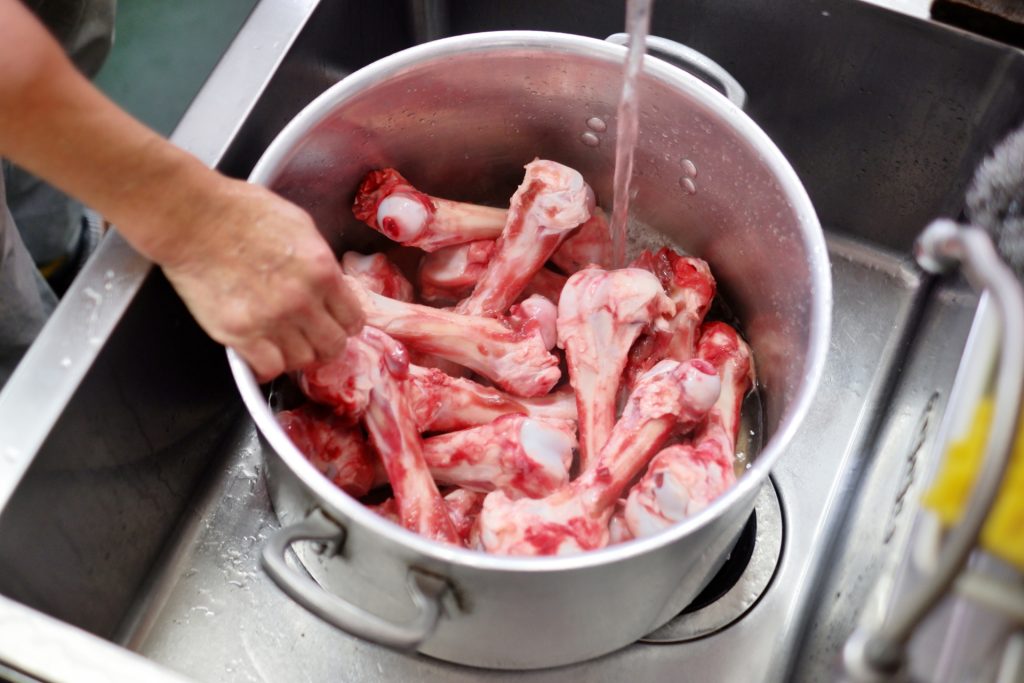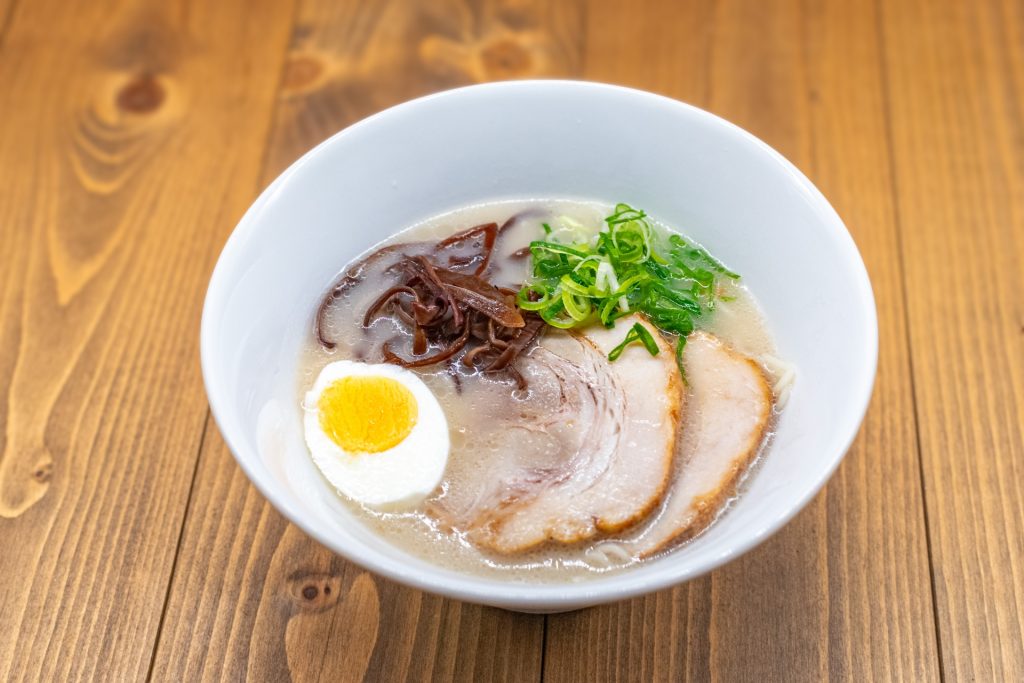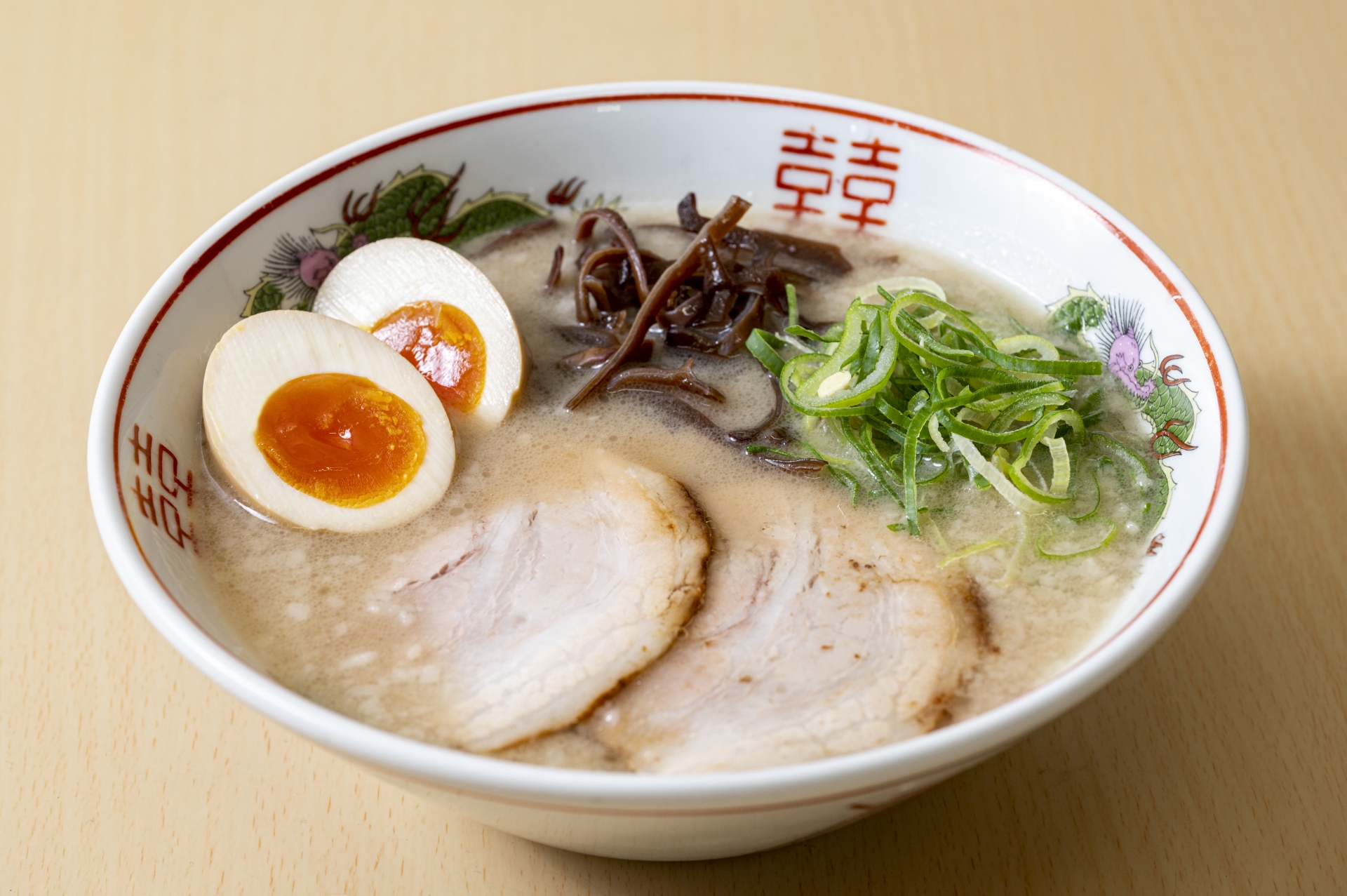Tonkotsu, known as a creamy and rich pork bone broth, has captured the hearts of food lovers worldwide. While it’s most famous for being the base of Tonkotsu ramen, its potential is not limited to just one dish. Did you know that Tonkotsu broth is also used in stews and soups in other cuisines?
In this article, we’ll explore the fascinating world of Tonkotsu—from its origins and history to how you can enjoy and even make it at home. Get ready to uncover surprising facts and tips that will deepen your appreciation for this delicious broth!
What is Tonkotsu? The Secrets Behind Its Rich Flavor

Let’s start with the basics. In Japanese, “Tonkotsu” literally means “pork bones.” It refers to a broth made by boiling pork bones for several hours to extract their flavor and nutrients.
What makes Tonkotsu broth unique is its creamy texture and umami-packed flavor. This is achieved by simmering the bones long enough for the collagen, gelatin, and minerals inside them to dissolve into the soup. These elements not only make the broth taste amazing but also give it a smooth, almost milky appearance.
Fun Fact: Tonkotsu is Packed with Nutritional Benefits!
Tonkotsu broth is not only delicious but also surprisingly nutritious. Here are some of the benefits:
- Collagen: Known for improving skin elasticity and promoting anti-aging.
- Gelatin: Helps with digestion and supports bone strength by boosting calcium absorption.
- Minerals: Supports overall body function and can even help with fatigue recovery!
Tonkotsu’s power goes beyond Japanese ramen. Many Asian cuisines also use pork bone broth for its depth of flavor. For example:
- In Korea, it’s found in samgyetang (a ginseng chicken soup).
- In China, it’s a key ingredient for various herbal soups.
- In the Philippines, sinigang, a tangy pork-based stew, often uses a broth made from pork bones.
This shows how Tonkotsu, as a versatile base, has a role in culinary traditions across Asia!
The History of Tonkotsu Ramen
Tonkotsu ramen originated in Fukuoka, Kyushu, and is particularly tied to the bustling food stalls of Hakata. It is believed to have emerged in the 1940s as a quick and cheap meal for the working community.
Pork bones were used not only because they were inexpensive but also because they could create a rich broth that satisfied customers quickly. Combined with thin noodles, the dish started to gain popularity among local residents and eventually grew into a national—and later, international—sensation.

Regional Tonkotsu Variations
Tonkotsu ramen is not a one-size-fits-all dish—it varies based on the region! Here are some fascinating styles of Tonkotsu ramen:
- Hakata Ramen: Classic and simple with a creamy pork broth served with straight, thin noodles. Its “kaedama” (additional noodle serving) is a famous invention here.
- Kurume Ramen: Known for its richer flavor. The broth often has a frothy surface.
- Kumamoto Ramen: A bold broth infused with roasted garlic oil for an added kick.
Today, Tonkotsu ramen attracts ramen enthusiasts from across the world. Its mix of flavors and regional varieties offer endless ways to enjoy its magic.
How to Make Tonkotsu Broth at Home

Think Tonkotsu ramen is only available at restaurants? Think again! With a few tips, you can try making Tonkotsu broth at home and enjoy its rich flavor from your own kitchen.
1. Prepare Pork Bones Properly
The key to great Tonkotsu broth is in the preparation. Pork bones often have blood and impurities on the surface, so be sure to soak them in water and blanch them before the actual cooking process. This step removes odors and ensures a cleaner, tastier soup.
2. Use a Pressure Cooker for Easy Cooking
Traditionally, Tonkotsu broth is simmered for several hours, but you can save time by using a pressure cooker. With just 30–40 minutes of cooking, you’ll get a creamy, umami-packed broth. Just be careful not to overdo it, as too much pressure can affect the aroma.
3. Add Vegetables for Extra Flavor
For a more complex broth, toss in ingredients like onions, garlic, ginger, and carrots. Not only do they deepen the flavor, but they also add a natural sweetness to the soup.
Tonkotsu broth isn’t just for ramen! You can use it as a base for hot pots, stews, or even Western-style soups. Give it a try, and discover how versatile it can be.
Famous Tonkotsu Ramen Restaurants

Want to experience authentic Tonkotsu ramen in Japan? Here are three must-visit restaurants where you can enjoy some of the best bowls:

Ichiran
Ichiran is one of the most famous Tonkotsu ramen chains in Japan. Known for its “flavor concentration booths,” it allows customers to enjoy their ramen in solitude, focusing entirely on the taste.
Ippudo
Ippudo is a modern trailblazer of Tonkotsu ramen, offering a refined and balanced flavor that caters to both beginners and ramen lovers. With branches worldwide, it’s a great way to explore Japanese ramen culture.
Keika Ramen
Keika Ramen is the go-to restaurant to enjoy Kumamoto-style Tonkotsu ramen. Their broth, enhanced with roasted garlic oil, is bold, rich, and unforgettable.
Conclusion: Tonkotsu, the Ultimate Flavor Booster
Tonkotsu is more than just a ramen ingredient. Its robust flavor, versatility, and nutritional value make it a culinary gem. Whether you’re dining at a renowned ramen shop or experimenting with it in your own kitchen, Tonkotsu promises to elevate your food experience.
So why not dive deeper into the world of Tonkotsu? From its rich history to its endless possibilities, there’s so much to discover about this incredible ingredient.













